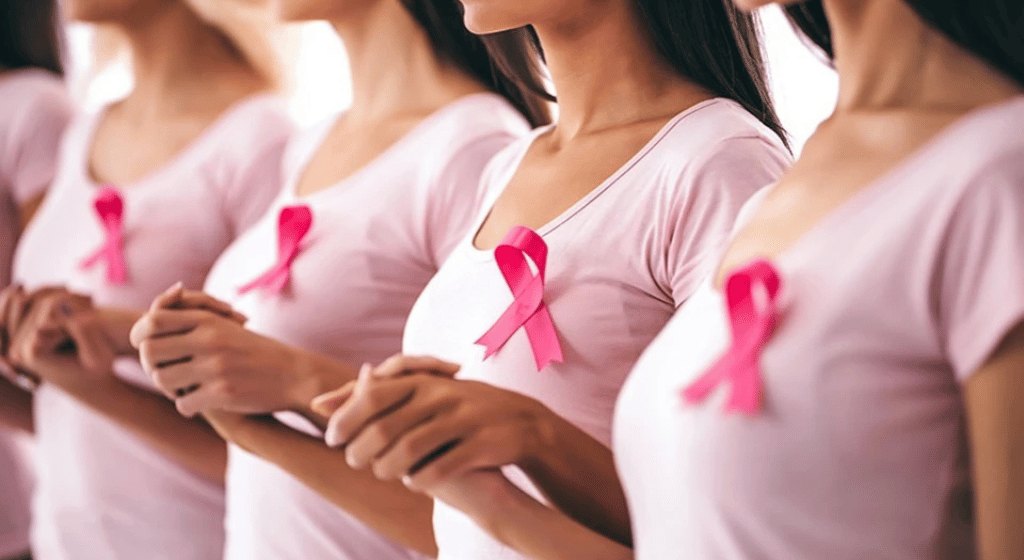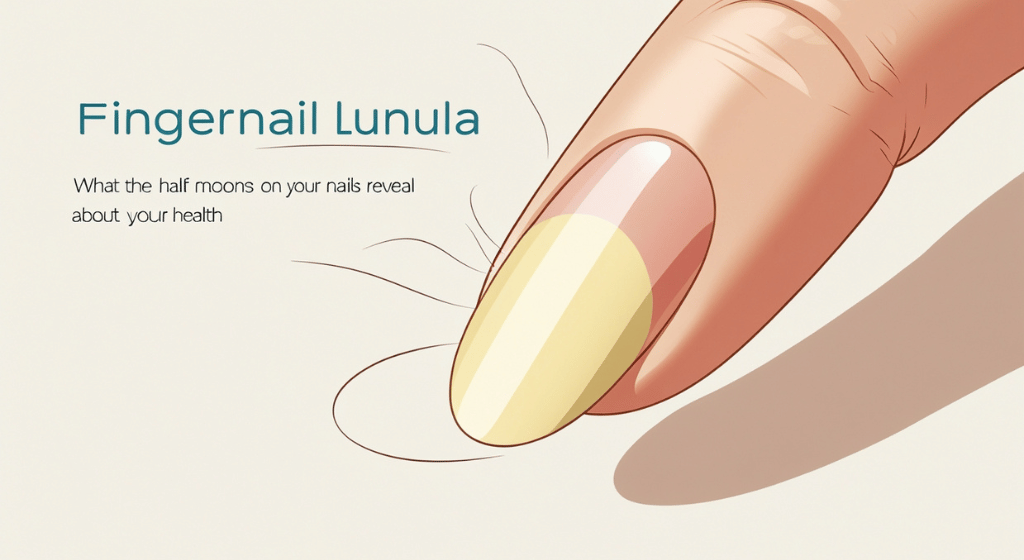Key Early Signs of Breast Cancer Every Woman Should Recognize
Breast cancer is a common cancer among women, and early detection can significantly improve treatment outcomes. It is important for women to be aware of the warning signs and undergo regular checkups. Here are some early warning signs of breast cancer that every woman should know:
Changes in breast size or shape:
Noticeable changes in the size, shape, or symmetry of the breasts may indicate a potential problem.
A lump in the breast or under the armpit:
A new lump or thickening in the breast or underarm is a common early sign of breast cancer. Not all lumps are cancerous, but any new lump should be evaluated by a health care professional.
Skin changes:
Changes in the skin of the breast, such as redness, dimpling or wrinkles, may be an indicator of breast cancer.
Nipple changes:
Changes in nipple appearance, such as inversion, redness, or discharge (other than breast milk) should be evaluated.
Persistent breast pain:
While breast pain is usually not a sign of breast cancer, persistent pain or discomfort should be discussed with a health care professional.
Changes in breast tissue:
Changes in breast skin texture, such as thickening or orange peel appearance, should be checked.
Unexplained swelling or shrinkage:
Swelling, warmth, redness, or a noticeable decrease in the size of one breast may be a sign of an underlying problem.
Changes in the appearance of veins:
Changes in the appearance of veins on the surface of the breast may be a cause for concern.
It is important to note that these signs do not always indicate breast cancer, and some changes may be related to benign conditions. However, any persistent or unusual changes should be discussed with a healthcare professional for further evaluation. In addition, regular breast self-examination, clinical breast examination, and mammograms are essential components of breast cancer screening.
Women are encouraged to be proactive about their breast health, know the natural shape and texture of their breasts, and report any changes immediately to their health care providers. Routine examinations and discussions with a health care professional about risk factors and appropriate screening schedules are critical for early detection and successful treatment.



